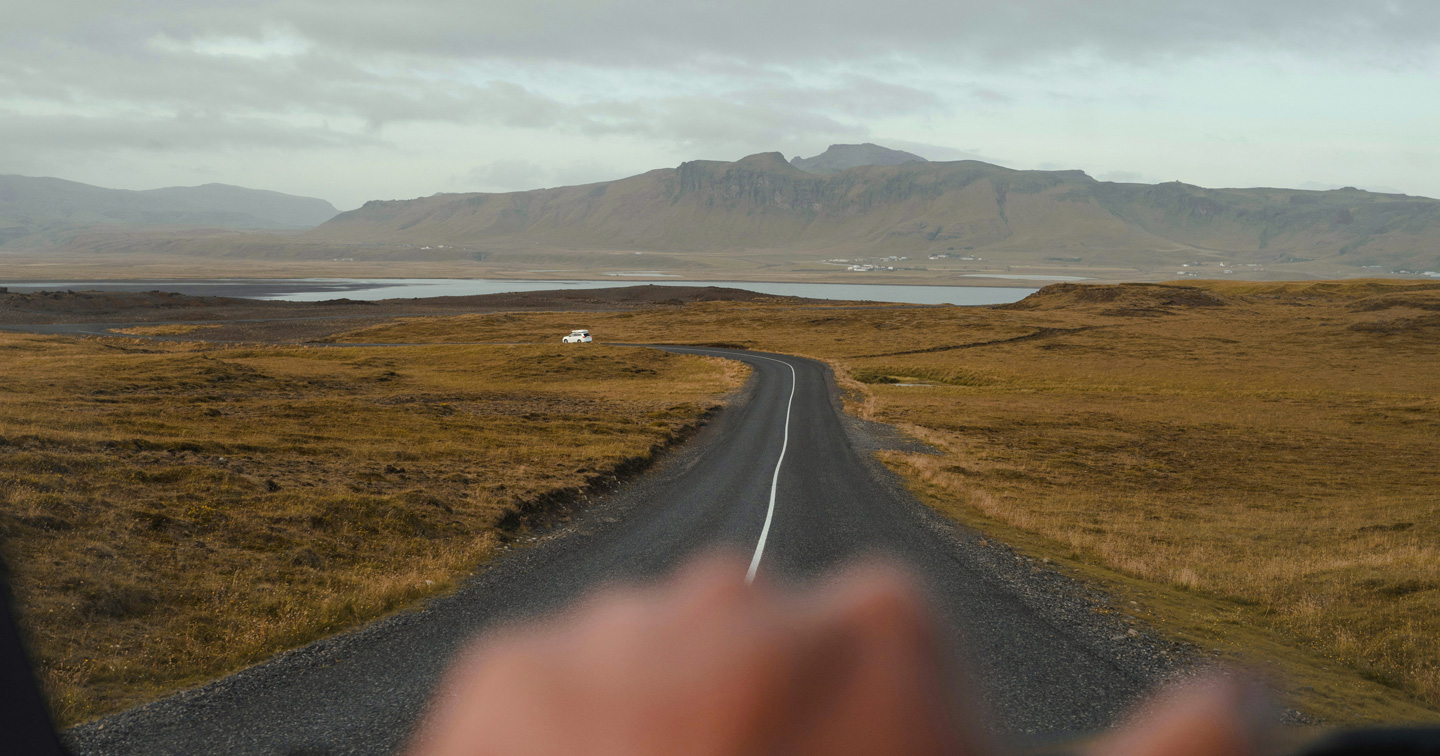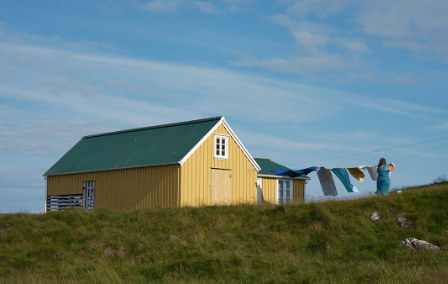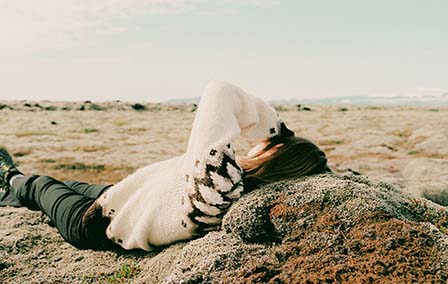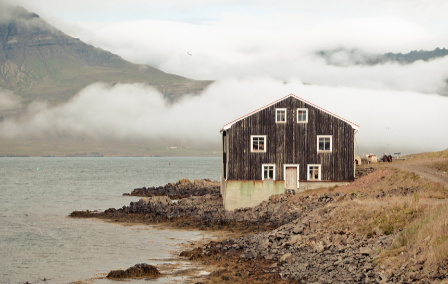Published 1st Dec. 2021
Reading time
When it comes to spectacles of nature, the otherworldly Northern Lights are top of the list. One of the best places to see them happens to be one of our favourite European destinations: Iceland. As soon as winter arrives, aurora hunters arrive in their thousands to get front row seats for the show. If this is your first time going to see the Northern Lights, you’ve probably got some questions, like when is the best time to see the Northern Lights in Iceland? Fortunately, we’ve got you covered. Read on for a crash course in all things Northern Lights…
Wrap up warm, because winter is the best time to see the Northern Lights in Iceland. It’s possible to see the aurora from September to March and sometimes as early as August to April, however, the heart of winter, which is around January, is the month when the chances of seeing them are the highest. At this time of year, the sky is often clearer and the nights are long and dark, which means you have a better chance of seeing the sky light up, particularly around 5 or 6pm.
Before setting off to see the Northern Lights, it is worth checking the Icelandic Meteorological Office website so you know the best time to see the Northern Lights. The official Icelandic meteorological service has a reliable tool that calculates the aurora borealis activity index on a scale from one to nine. A word of advice: if the index stays on one, there's no need to rush outside wearing your winter jacket. In this case, it's better to stay by the fire and have a glass of Brennivín, the local brandy. On the other hand, if the index indicates a probability of seven or eight out of nine, grab yourself a handwarmer because it’s going to be a long night of Northern Light watching.
Uninformed travelers often mistakenly believe that they can recognise the aurora borealis at first glance. While experts have sharpened their eyes over time, it can be difficult for a novice to catch the first signs of the Northern Lights. If you are alone when the phenomenon occurs, grab your camera and point the viewfinder at the sky. If you see streaks of color in the image, bingo, you've got an aurora. Photographic sensors are more sensitive than the human eye, so you won't miss them!
If you’re a photographer, don't miss the chance to capture the Northern Lights in all its splendor. Have your camera and tripod close by, set your ISO sensitivity to maximum, and set your shutter speed between ten and 30 seconds. If possible, avoid nights when the moon is full, as the extra lighting will compromise your shot. After that, you're ready to go!

Using a wealth of experience, our team can help you venture off the well-trodden trail of the Golden Circle to areas such as the Snaefellsnes Peninsula, a microcosm of the ‘land of fire and ice’, or to the Highlands in the country’s centre for epic hiking trips. We plan every experience to suit you, whether you want to snowmobile across a glacier or taste freshly caught seafood on the deck of a fishing trawler. In a country where changeable weather conditions and volcanic activity can quickly disrupt plans, our excellent team of local guides and our helpful Concierges offer invaluable support.
ENQUIRE NOWPractical advice and inspiration for your next trip

With lingering daylight, lush landscapes and adventurous outdoor activities, a summer holiday in Iceland promises to be one for the books. At this time of year, the weather is at its warmest (10°C on average, mind you, so don’t forget your winter knits) and the light barely fades thanks to the Midnight Sun. From hiking and hot springs to whale watching and glacier tours, there's something for everyone to enjoy.
1st May 2025 - Iceland Travel Inspiration

It’s a gratifying feeling when someone asks you where you got your jumper from and you get to say, ‘my recent trip to Iceland’. Or, once presented with a slab of Omnom chocolate, you can tell your nearest and dearest that it in fact travelled all the way from ‘The Land of Fire and Ice’. For this isn’t a country of shot glasses, fridge magnets and ‘all I got was this lousy t-shirt’ t-shirts. It’s hand-harvested sea salt that’s been produced from Iceland’s geothermic energy since the 17th century, skincare from the original Blue Lagoon and gripping Viking Sagas.
3rd January 2024 - Iceland Travel Inspiration

Iceland doesn’t mess around when it comes to sustainability. With tourists outnumbering residents, the country has found ways to ensure the constant flow of footprints cause minimal damage to the environment. But responsibility doesn’t just lie with the country – visitors also have a duty to protect the world-class hot springs and national parks. Luckily, we’ve got a rundown of top tips to encourage sustainable tourism in Iceland.
22nd November 2023 - Iceland Responsible Travel

Our team of destination experts will get to know you and your unique requirements for your holiday

We work with you to build an ultra-personalised holiday itinerary with your choice of accommodation, experiences and activities

All of our holidays include little extras designed to make a big difference to your trip, from fast-tracking you through airport check-in and security to our network of local Concierges